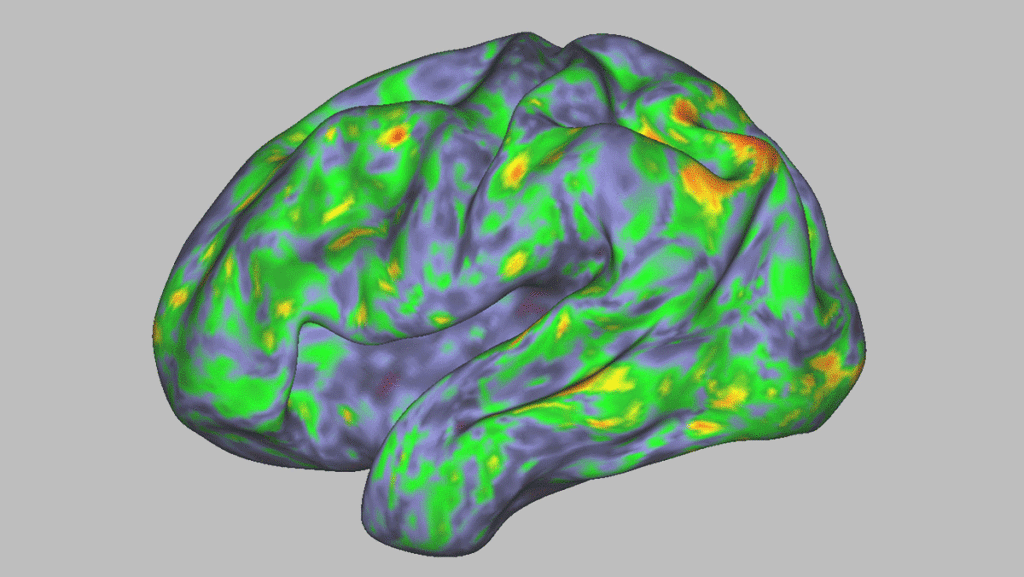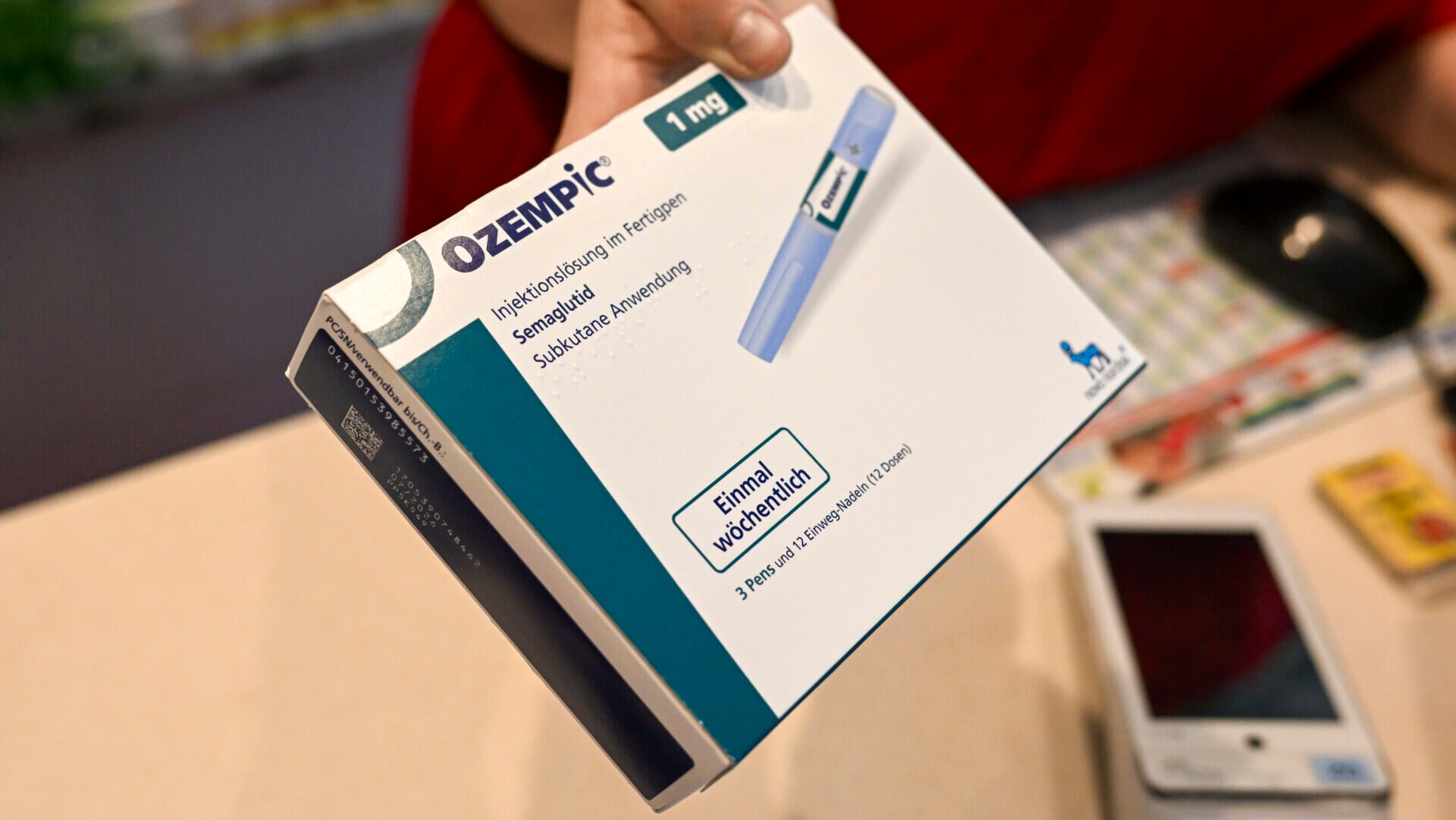General anesthesia, a crucial component of many medical procedures, remains a fascinating yet somewhat mysterious process. One moment you’re awake, the next you’re not, with no recollection of the intervening period. While the practice of general anesthesia dates back centuries, the precise mechanisms by which these drugs work have long remained elusive. Now, a team of neuroscientists at MIT may have uncovered the secret behind propofol, a commonly used anesthetic.
Propofol, widely used since the 1980s, induces and maintains a state of unconsciousness in patients. This new research suggests that propofol disrupts the brain’s “dynamic stability,” the delicate balance that allows neurons to respond to stimuli without becoming overexcited.
To investigate propofol’s effects, the MIT team analyzed electrical recordings from brain regions associated with vision, auditory processing, spatial awareness, and executive function in animals. These recordings, taken both before and after propofol administration, revealed significant differences in neural activity.
In conscious animals, neural activity increased in response to stimuli like sounds or visual cues, then quickly returned to a baseline level. However, under the influence of propofol, the brain exhibited unusual behavior. While previous research demonstrated that anesthetized animals lose consciousness but retain cognitive function and brain activity – essentially, their brains still process sensory input without conscious awareness – the MIT team’s findings, published in the journal Neuron, offer a potential explanation. They discovered that propofol delays the brain’s return to baseline after sensory input, creating a state of instability. One neuroscientist described this effect as sending brain activity “into chaos.”
The researchers then replicated the experiment using a digital model of a neural network. By manipulating specific nodes within the virtual brain, they successfully reproduced the destabilizing effect of propofol. Adam Eisen, an MIT graduate student and co-author of the study, explained in a press release, “We looked at a simple circuit model of interconnected neurons, and when we turned up inhibition in that, we saw a destabilization. So, one of the things we’re suggesting is that an increase in inhibition can generate instability, and that is subsequently tied to loss of consciousness.”
Study author and MIT professor Earl K. Miller elaborated on this finding, stating, “The brain has to operate on this knife’s edge between excitability and chaos. It’s got to be excitable enough for its neurons to influence one another, but if it gets too excitable, it spins off into chaos. Propofol seems to disrupt the mechanisms that keep the brain in that narrow operating range.”
While it remains unknown whether other anesthetics function similarly to propofol, the team intends to investigate this in future research. This knowledge could potentially enable doctors to administer anesthesia with greater precision, leading to improved patient care.











